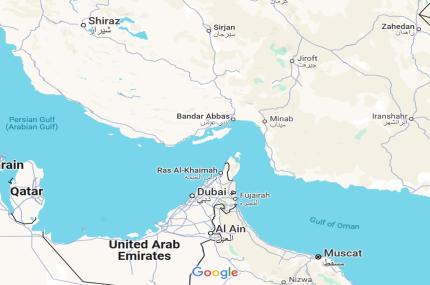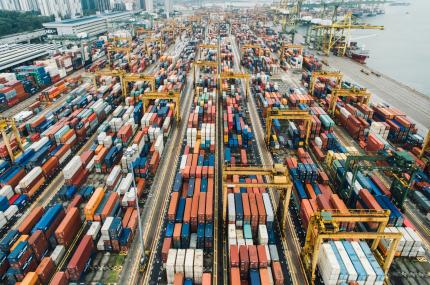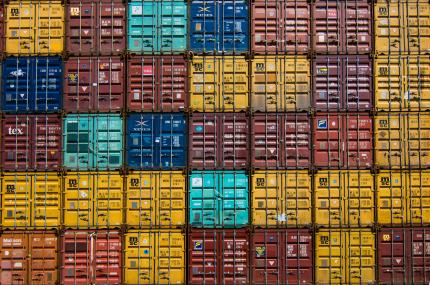Blog Detail

5 ways to tackle empty container issue
The ongoing issue of empty container shortages has created challenges for cargo owners worldwide, impacting their ability to move goods efficiently and keep supply chains running smoothly. We have listed five strategies that cargo owners can use to mitigate the effects of container shortages (These are generic suggestions and none of them is an investment advice. Each business might need customised solutions. Consult to your logistics service providers to further discuss potential solutions).
Collaborate with freight forwarders and shipping lines for early bookings
By building strong relationships with freight forwarders and shipping lines, cargo owners can gain access to containers earlier and secure bookings well in advance. Proactive planning and booking allow for better visibility on container availability, helping cargo owners avoid last-minute scrambles during peak periods. Establishing good collaboration and relations with shipping lines may also help negotiate priority for containers, especially when shipping on high-demand routes.
Use flexible sourcing and destination strategies
To adapt to container shortages, cargo owners may consider using alternative ports or routes to optimize container availability. In some cases, choosing different ports with more available containers or working with secondary carriers can help reduce delays. Similarly, sourcing goods from multiple locations rather than a single supplier allows for flexibility in adapting to container availability at different ports, reducing dependence on specific locations that might face severe shortages.
Invest in real-time tracking and visibility tools
Visibility tools, such as IoT-enabled tracking systems and digital logistics platforms, can provide real-time data on container availability across ports and regions. These tools allow cargo owners to monitor supply chain dynamics and container flows more closely, helping them respond more effectively to fluctuations in availability. By leveraging this information, cargo owners can make informed decisions, reroute shipments, or adjust timelines as soon as they detect potential shortages, minimizing disruptions.
Consider using alternative container types and sizes
While standard 20-foot and 40-foot containers are often in highest demand, other container options, such as 45-foot high-cube containers or even smaller, specialized containers, may be more readily available in times of shortage. Cargo owners should work with logistics providers to explore using these alternative containers, especially for specific types of cargo that do not require traditional container sizes. Flexibility with container sizes can ease the pressure on the overall supply chain and reduce delays.
Implement cargo consolidation or shared container strategies
Cargo owners facing container shortages can collaborate with other businesses to consolidate shipments and share containers. By combining smaller shipments into a single container, multiple businesses can share available space, reducing the number of containers needed. This approach not only saves on shipping costs but also optimizes container usage in times of limited availability. Working with freight forwarders who specialize in Less-than-Container Load (LCL) shipping can facilitate these shared shipments efficiently and help cargo owners reduce the impact of container shortages.
By adopting these strategies, cargo owners can navigate container shortages more effectively, improve their resilience against supply chain disruptions, and maintain greater control over their shipping schedules.






